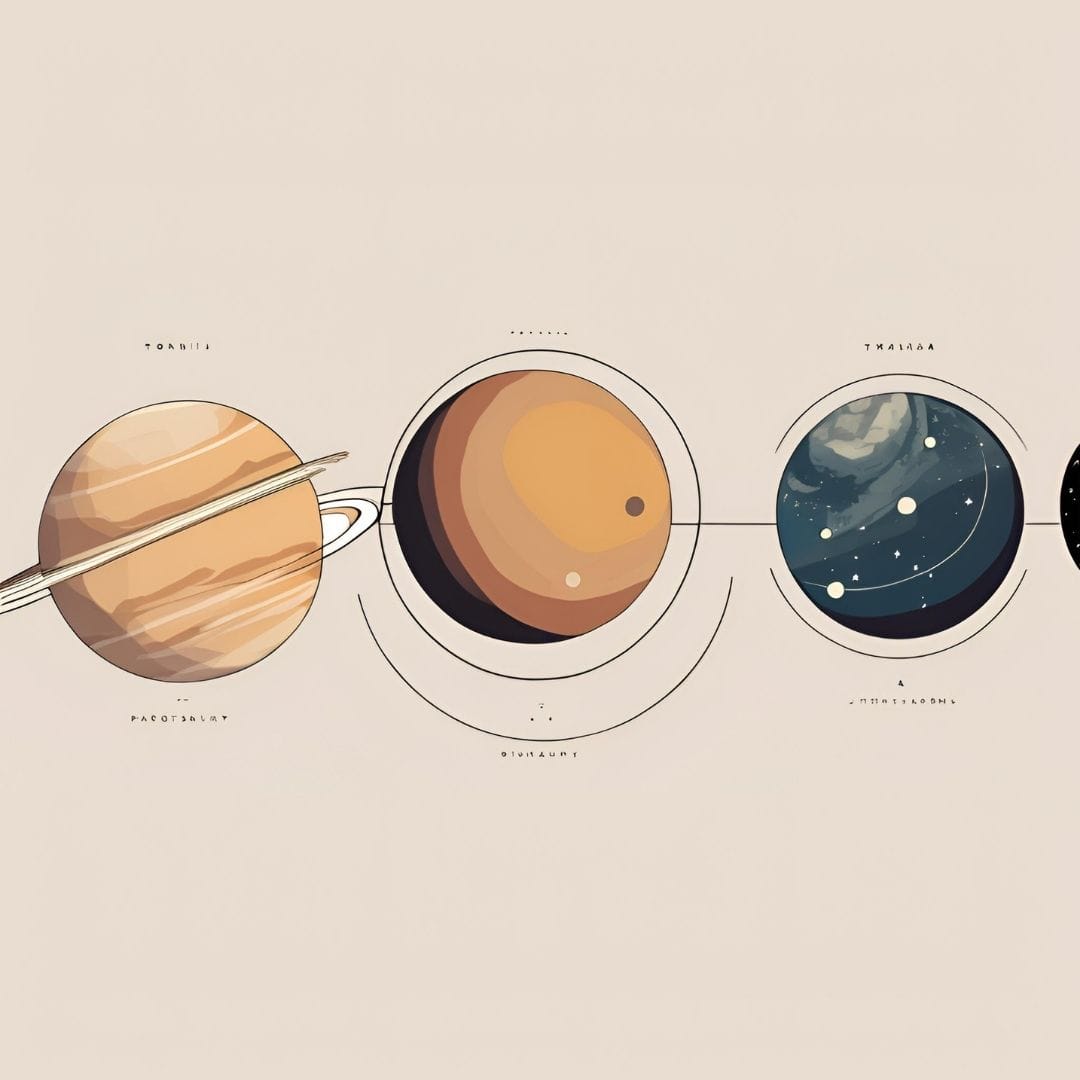Planetary transits are one of the most powerful tools in astrology for understanding life cycles. While the natal chart represents a fixed configuration of the sky at the moment of birth, transits reflect the continuous movement of the planets and, among other things, how they interact with our chart.
How Do Transits Work?
It is often said that transits “affect” our lives, but it is more accurate to understand them as experiential scenarios that invite us to engage with their energies. They are not unchangeable events but rather movements within the game of life that we can understand and utilize.
Each transiting planet activates different areas of the natal chart, signaling moments of learning, action, reflection, or transformation. For example:
NEW! Alignment Formulas. This isn’t conventional astrology. It’s your essential frequency translated into words.
- Saturn in transit marks phases of maturity and responsibility.
- Jupiter in transit expands opportunities within a structured growth framework.
- Uranus in transit brings changes and new perspectives.
The important thing is that these transits do not “determine” what will happen but invite us to actively participate in certain processes.
The Relationship Between Transits and the Natal Chart
Imagine that the natal chart is a map and transits represent the events and challenges that arise along the way. When a transiting planet forms an aspect with a natal planet, an interaction is created between what that planet symbolizes in our essence and what the transit is proposing.
For example, if you have Venus in the 3rd House and experience a Mercury transit, you might feel a greater urge to communicate harmoniously or explore learning related to art or diplomacy.
The key is to observe which house is activated and how that energy aligns with the natal chart.
How to Interpret a Transit Without Falling Into Determinism?
- Observe the transiting planet: What does it represent? Is it a planet of action (Mars), expansion (Jupiter), or transformation (Pluto)?
- Analyze the natal house it is activating: The house shows the area of life where the transit’s energy manifests.
- Consider the aspects it forms with natal planets: If a transit creates a conjunction, square, or opposition, its impact will be more noticeable. If it forms a trine or sextile, it will flow more easily.
- Reflect on the personal moment: A transit can suggest opportunities, but how we interact with it depends on our internal disposition.
Navigating Transits Consciously
Transits are not prophecies but invitations to experience and evolve. They are not predetermined fates but opportunities to understand the rules of the game of life and act with greater wisdom.
If you want to know how the current transits are interacting with your natal chart, subscribe to my newsletter on Substack, where I analyze these movements in depth and help you integrate them into your life!

